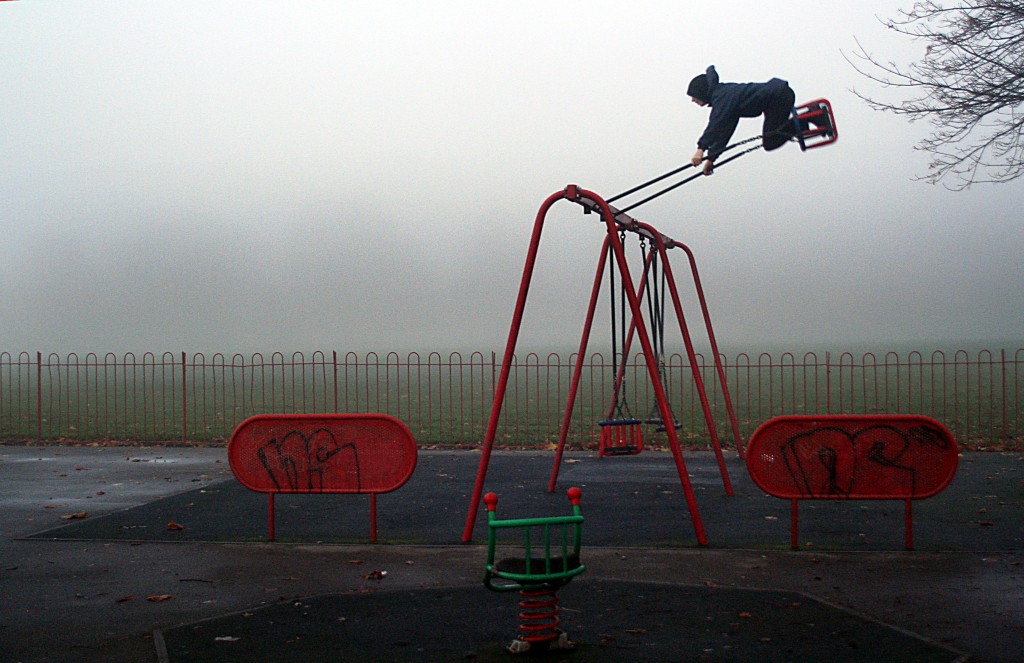 My mother was an old lady, she’d lived a good and useful life, and she died a year and ten days ago. I hadn’t been keeping track of her death’s anniversary but I didn’t need to; I only had to figure out why I was walking around feeling, for no good reason, sad. One of my cousins wrote to me, “I’m sorry you are sad, Annie. Thursday my new couch was delivered. I cried as my old one left – apparently I had an undiscovered attachment to it.” My cousin recently moved to a new house with a new love; the old couch was from her old life, years ago, when her husband had died. Sad in early August? Crying over couches? Really? Science, as it often does, has a nice metaphor: resonance.
My mother was an old lady, she’d lived a good and useful life, and she died a year and ten days ago. I hadn’t been keeping track of her death’s anniversary but I didn’t need to; I only had to figure out why I was walking around feeling, for no good reason, sad. One of my cousins wrote to me, “I’m sorry you are sad, Annie. Thursday my new couch was delivered. I cried as my old one left – apparently I had an undiscovered attachment to it.” My cousin recently moved to a new house with a new love; the old couch was from her old life, years ago, when her husband had died. Sad in early August? Crying over couches? Really? Science, as it often does, has a nice metaphor: resonance.
When I was a kid, I’d open the piano lid and tap a string and it would hum; and then like magic, all on its own, another string hummed too. I thought the strings were malfunctioning and quit thinking about it. Obviously I was a young English major; a young physicist would have tapped some more strings and then looked it all up and found the strings hummed because they were vibrating, oscillating; and that each string had its own native note, its natural frequency of oscillation, its resonant frequency. And if one string hums at that particular frequency, then as if in sympathy the other hums too.
 In fact, everything – atoms, molecules, crystals, desks, skyscrapers — has its own resonant frequency at which, depending on its mass and stiffness, it most wants to oscillate. So resonance is a response; it’s when two things are linked in some way or somehow touching, and then one taps or vibrates or oscillates and the other responds at that same frequency. If you’re an army crossing a suspension bridge, for instance, you shouldn’t march in cadence in case your cadence happens to match the bridge’s resonant frequency and the bridge jumps in step with you. If you rock a rocking chair too fast or slow, the rocker will just sit there; rock at the resonant frequency and the baby falls asleep. If you pump a swing too fast or slow, nothing much happens; pump at the resonant frequency, it’s almost like flight. If you’re in a building and the earth quakes at the building’s resonant frequency, get out fast.
In fact, everything – atoms, molecules, crystals, desks, skyscrapers — has its own resonant frequency at which, depending on its mass and stiffness, it most wants to oscillate. So resonance is a response; it’s when two things are linked in some way or somehow touching, and then one taps or vibrates or oscillates and the other responds at that same frequency. If you’re an army crossing a suspension bridge, for instance, you shouldn’t march in cadence in case your cadence happens to match the bridge’s resonant frequency and the bridge jumps in step with you. If you rock a rocking chair too fast or slow, the rocker will just sit there; rock at the resonant frequency and the baby falls asleep. If you pump a swing too fast or slow, nothing much happens; pump at the resonant frequency, it’s almost like flight. If you’re in a building and the earth quakes at the building’s resonant frequency, get out fast.
Resonance is actually more complicated than this. Resonances can be forced or driven, all the way to disaster. Pump the swing harder and harder at that right frequency and you risk breaking your neck. Sing loudly at a wineglass at the right frequency and it’ll shatter. Google a video of the resonating Tacoma Narrows bridge, nicknamed Galloping Gertie, before it fell into the river. The genius inventor, Nicola Tesla, supposedly said that if he could figure out the resonant frequency of the earth, he could split it to pieces. An aside: don’t google Tesla, who attracts enthusiasts, unless your bullshit detectors are robust, hair-trigger, and highly-informed (though you should read this novel; it’s charming).
But disaster isn’t part of this metaphor. The metaphor is simple resonance — like the sympathetic piano strings, like the resonance you notice when you first meet someone and know you’re going to get along. We use the metaphor all the time: we’re in tune, we’re on the same wavelength, we’re in synch. Death set up a resonance with early August, with a couch; another early August, a different couch, and there like magic is death.
_________
Photo credits: couch – bartek.langer; swing – John Garghan

Ann: What a beautiful post today! Thank you for this exquisite piece of writing.
Awww. I’ve turned pink.
That is breathtaking. I’m not kidding, I stopped breathing.
I felt the exact same way last week before I realized the date: the 9th anniversary of my mom’s death. Really moving post, Ann.
Nice analogy, Ann. Wonderful writing!
Now I’ve REALLY turned pink. Thank you all — Sally, Liza, Derryl — so much. We’ve all been there, I think.
A beautiful metaphor, Ann, that resonates!
For what it is worth, I find the neurology of that emotional association kind of fascinating, even though it is only kind of understood. Our brains have a wonderful ability to shortcut analytic processing in many ways, and this is probably one of them. Your amygdalae process emotional responses to things, even bypassing the thinking, analyzing part of your brain, because they are hooked directly into all sorts of other systems. This means the amygdalae can make emotional reactions happen suddenly, faster than if you had to think about it, and before you are even conscious of it. There are survival benefits: you stand a better chance if you don’t spend a lot of time analyzing a rock flying at your head – to act, all you really need is a sudden and fast “this is bad” response. The brain, being amazing, apparently apparently has back-up systems for this too – perhaps in case of damage to one part of your brain, like maybe from that flying rock.
So you notice it is August or you see a couch, neuronal stuff happens, and before you know it, that death feeling is right back with you, no thinking required. That is magical, as you say, Ann. Does it help you to know that your sadness erupts from a clever system to bypass thinking? That it is part of a grand survival mechanism? Maybe. Pretty awesome in its own way, I guess. But, even so, death does not go away, and I am still sad. On the other hand, cheer up – the system also shoots good feelings your way, too. Pretty much like life.
1) Your comment sounds like an LWON post. Ginny should do it. 2) I was brought up on Donald Hebb, so what you say makes perfect sense not only theoretically but physiologically. 3) I love you, Bruz.
For some reason I’ve only just read this post. As a musician, from early on I was always fascinated by harmonics, the way one note on a guitar seems to contain so many others. And then I learnt a teeny bit about physics and glimpsed how music could be a metaphor for a lot more; and a LOT about feedback! And as you eloquently point out, it can swing both ways.
You always make me think! Thank you.
So glad I found this web site. It resonates with me. Just bookmarked. Thanks. Fascinating post!
Beautifully written, but if you’ll allow me to be nit-picky for a moment, it is very heavy in the use of the semi-colon. I found it distracting to have nearly every other sentence ending in a semi-colon.
I thought everything about this post, the writing, the grammar, replete with semicolons no less, was just right.
Pitch perfect even; or should I say resonantly perfect.
I do appreciate your comments, especially given that you’re the source, Anne. I also suspect I may have overdone the semicolons but really, in a good cause.
I have one very minor nitpick. The Tacoma Narrows bridge collapse was technically an example of aerodynamic flutter, rather than resonance.
The difference is subtle. For resonance (say your earthquake example) the external forcing has to match the building’s resonant frequency. In aerodynamic flutter, the forcing is a function of the deflection of the object and thus is auto-tuned to resonant frequencies of the object.
BTW, “aerodynamic flutter” makes a great search string on youtube.
More detail on flutter here http://en.wikipedia.org/wiki/Aeroelasticity
I knew the Tacoma Narrows bridge didn’t fall because of simple resonance. I’d thought the bridge was moving both along its length and across its width. Is that a simplistic way to say “aerodynamic flutter?” And why aren’t we writing poems around aerodynamic flutter?